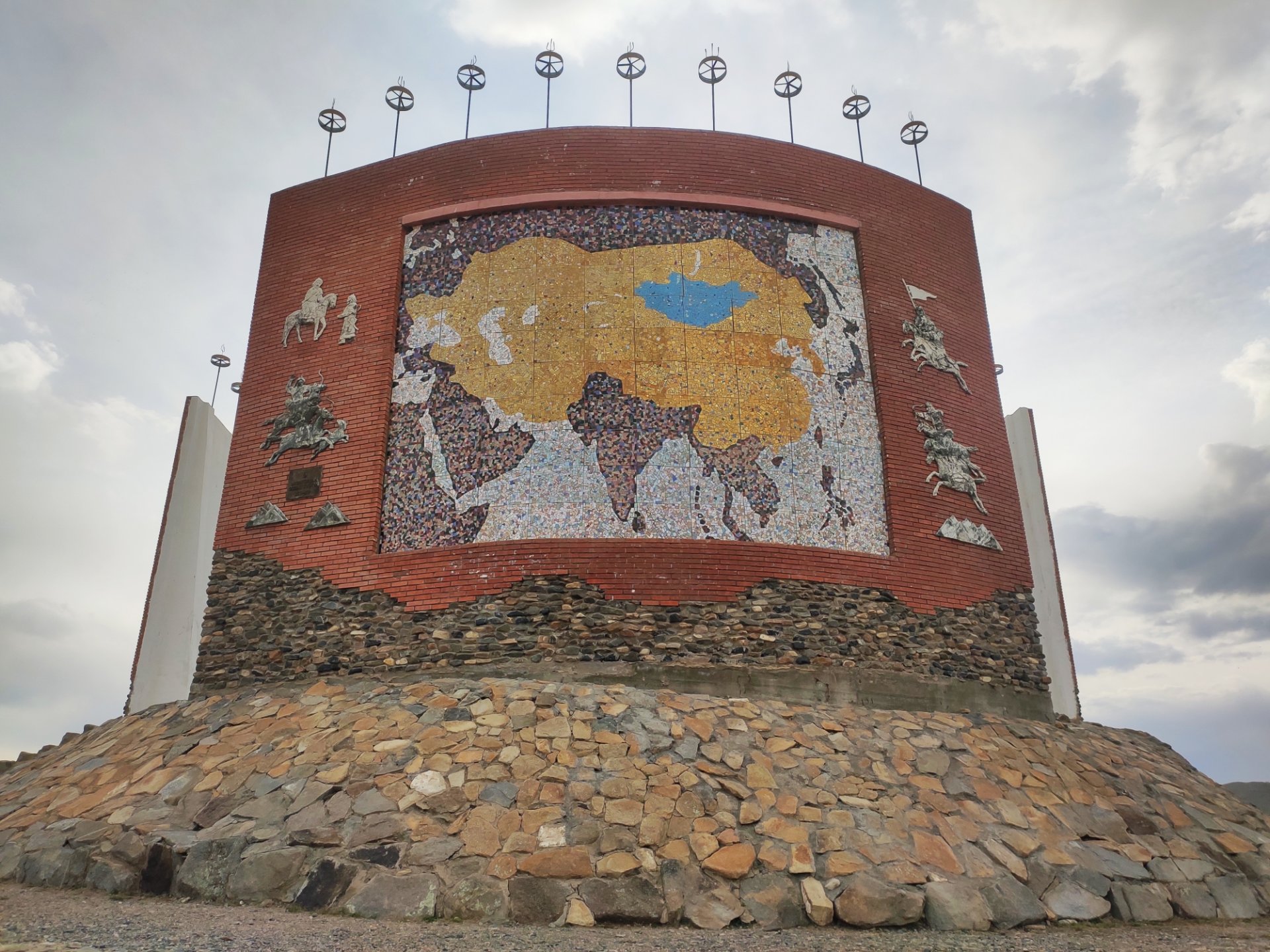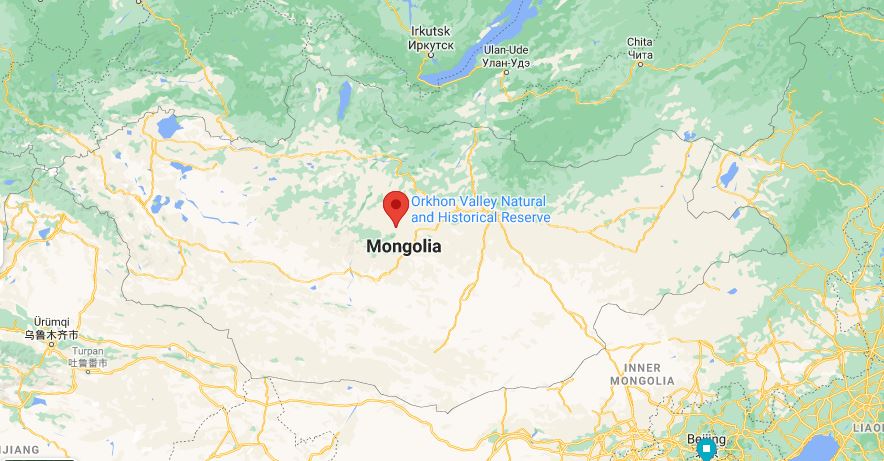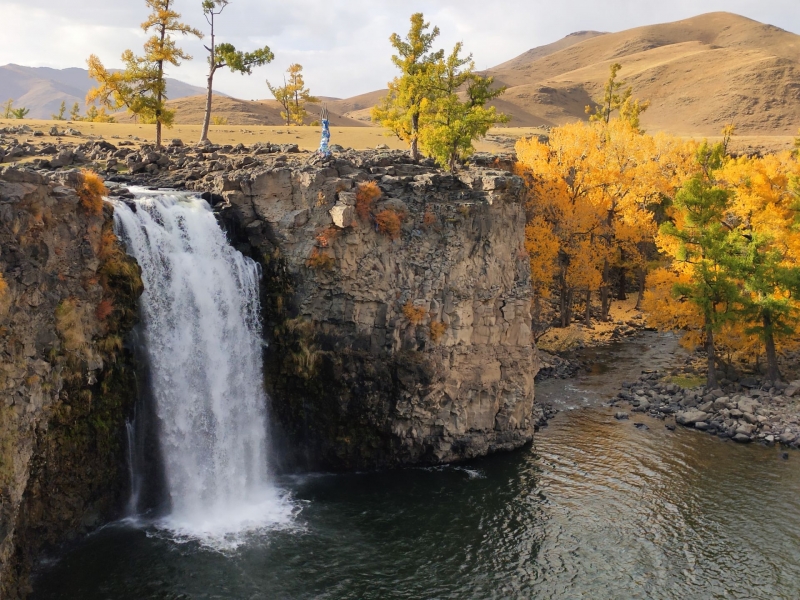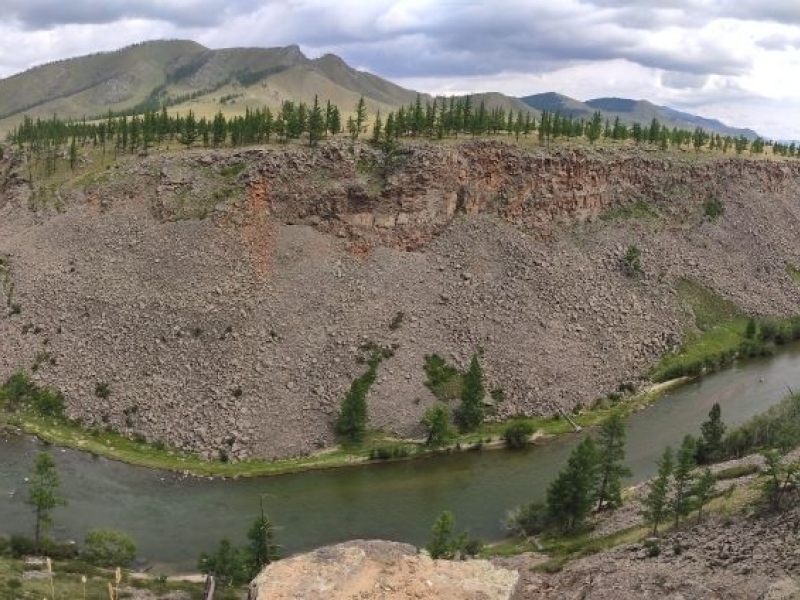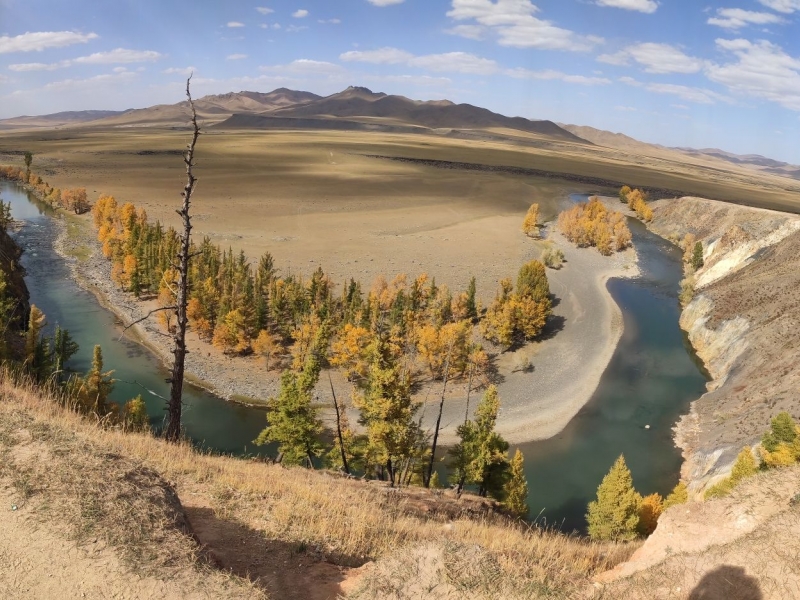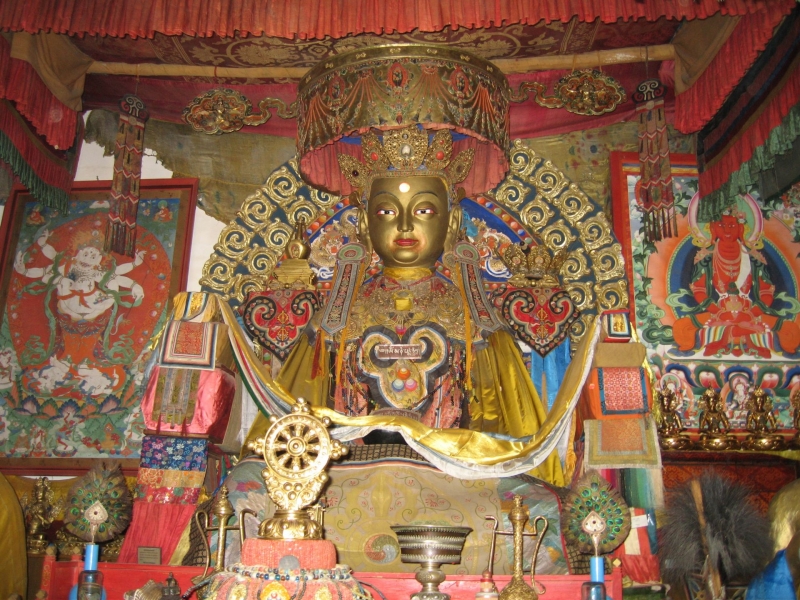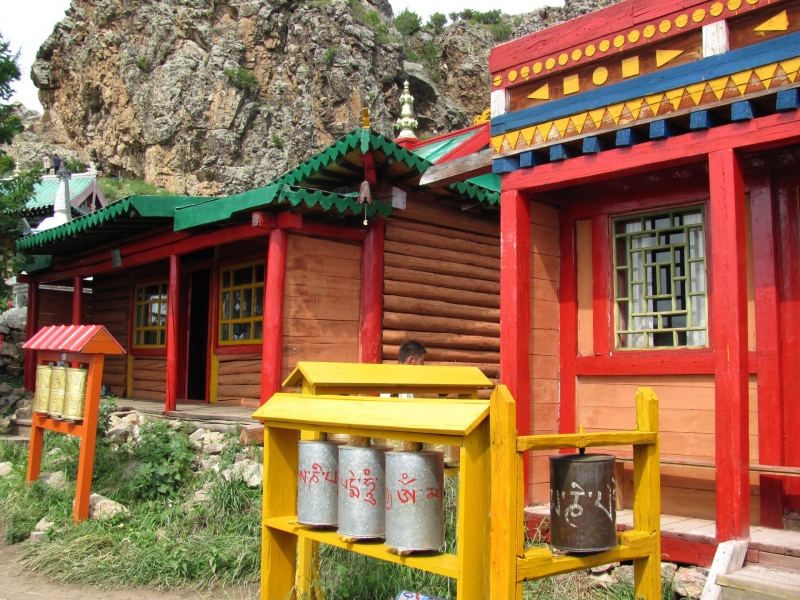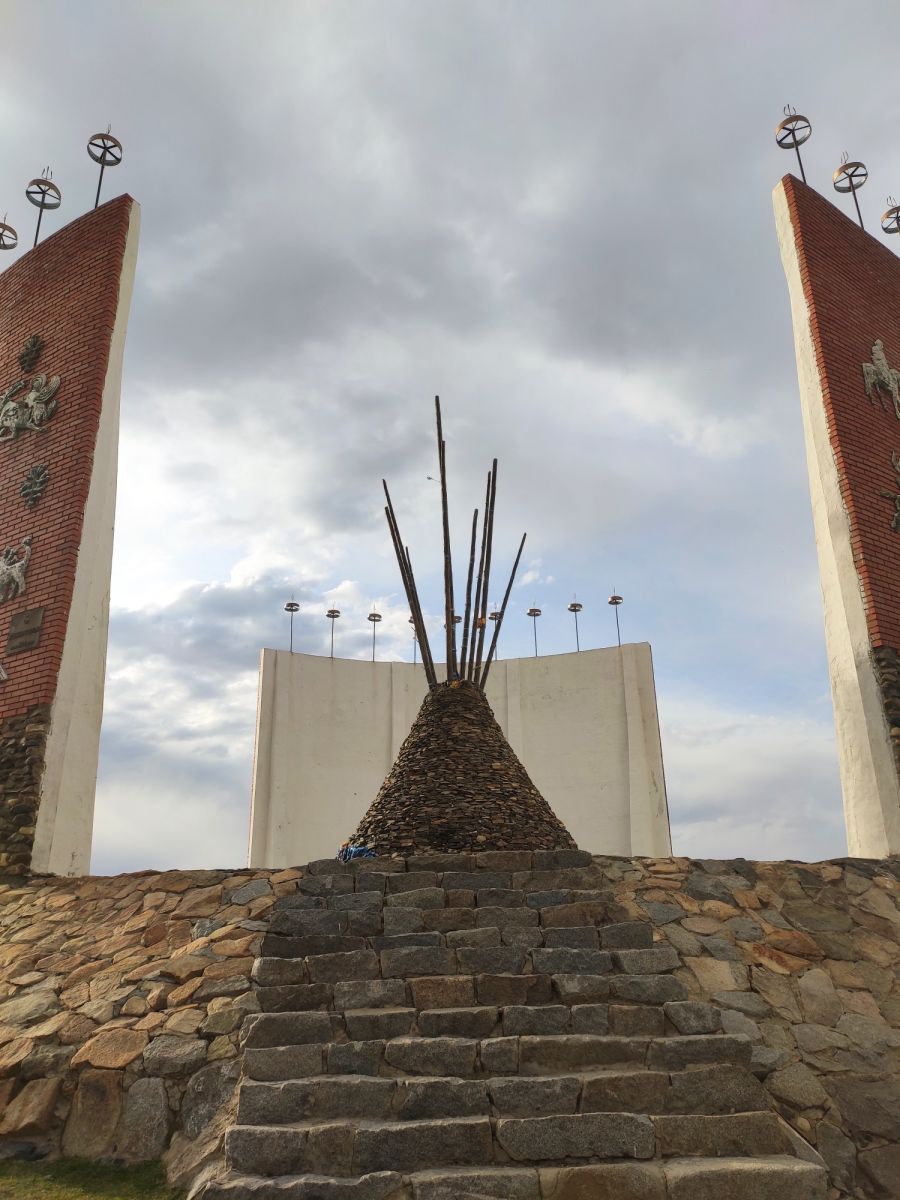
For many centuries, the Orkhon Valley was viewed as the seat of the imperial power of the steppes.
It was inscribed by UNESCO in the World Heritage List in 2004, as representing the development of nomadic pastoral traditions spanning more than two millennia
The 121,967-ha Orkhon Valley Cultural Landscape encompasses an extensive area of pastureland on both banks of the Orkhon River and includes numerous archaeological remains dating back to the 6th century. The site also includes Kharkhorum, the 13th- and 14th-century capital of Chingis (Genghis) Khan’s vast Empire. Collectively the remains in the site reflect the symbiotic links between nomadic, pastoral societies and their administrative and religious centres, and the importance of the Orkhon valley in the history of central Asia. The grassland is still grazed by Mongolian nomadic pastoralist.
The main monuments of the Orkhon Valley are as follows:
- The Orkhon monuments are early 8th-century Turkic memorials to Bilge Khan and Kul Tigin, the most impressive monuments from the nomadic First Turkic Khaganate. They were discovered by Russian archaeologists in 1889 and deciphered by Vilhelm Thomsen in 1893.
- Ruins of Ordu-Baliq at the site known as Kharbalgas in Mongolian, an 8th-century capital of the Uyghur Khaganate, which cover 50 square km and contain evidence of the palace, shops, temples, monasteries, etc.
- Ruins of Mongol capital of Karakorum, which could have included the famed Xanadu palace.
Erdene Zuu monastery is the first Buddhist monastery established in Mongolia. It was partly destroyed by Communist authorities in 1937-40.
- Tuvkhun Hermitage is another spectacular monastery, overlooking a hill at 2,600 meters above sea level. It, too, was almost totally destroyed by the Communists.
- Remains of the 13th and 14th century Mongol palace at Doit Hill, thought to be Ögedei Khan's residence.
- The Ulaan Tsutgalan waterfall, ten meters wide and twenty six meters high, that can sometimes go dry or even freeze during winter.


